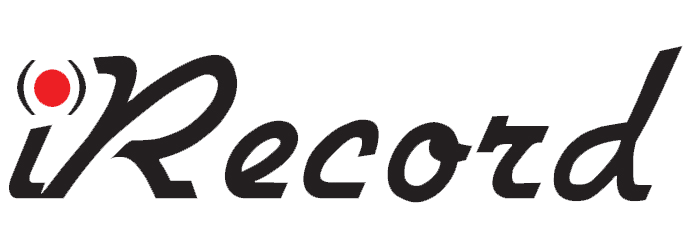When shopping for interview recording equipment, there are certain features that need to come standard. Your work can go so much smoother when you have the appropriate setup in place. This quick recap can help your agency build a modern interview room.
Your Interview Evidence Recording Requirements
Court-admissible interview evidence requires the recording to have the video date and timestamp watermarking. This should be an automatic function for any interview recording equipment you consider, but in our opinion, a few other requirements can also help with a streamlined process:
-
Video Date/Time Overlay
-
Remote Start/Stop
-
Non-Proprietary Audio and Video Files
-
High Resolution/IP Cameras
-
Interdepartmental Security
-
Ability to Add Bookmarks (Notes) and Add META Data
-
Multiple Backup Solutions
A remote start/stop system lets the interviewer EASILY start the recording with discretion. High resolution cameras can record details that older models might miss—and the same goes for high-quality microphones. Having non-proprietary audio and video files that will play on any PC – makes it easier to manage your recordings, and interdepartmental security settings give you the peace of mind that only approved parties will have access to the interview evidence.
Some agencies may decide on other requirements for their site to add to this list. These are only suggestions on where to start. On the whole, if the interview recording equipment fits the bill for each of these checklist items, you’re heading in the right direction.
Examining the Interview Room Equipment Options
For the purpose of this article, we’re primarily looking at equipment for interview rooms. There are slightly different options and requirements for mobile interview recording equipment that can travel with you in the field. Both types of setups rely on good image quality and reliable sound recording. With permanent installations, however, the position of the equipment is what really counts.
Once you have the correct audio and video gear, you need to make sure that your camera and microphone placement is set up for a successful recording. It’s not enough to have the latest interview recording equipment. The best options really come down to the interview room layout itself.
Your omni-directional microphones need to be close enough to record the nuances of someone’s tone of voice, yet not so close that they pick up every breath. Similarly, the cameras need to be angled correctly for an unobstructed view, but they can’t be too close. You don’t want the recording process to be distracting to either the subject or the interviewer. Taking every detail into consideration can help you organize your room for accurate court-admissible evidence every time.
Helpful Bonuses with Interview Recording Equipment
If you really want to get your interview room set up with the best, it’s also worth looking at one-touch recording options. Being able to start and stop a recording with something as simple and discreet as a light switch can be a great way to focus on the task at hand—without fumbling for remote controls or other buttons.
For redactions, it’s also helpful to have a system that includes video grab frame technology. Managing the evidence with searchable notes can also have benefits for keeping all of the details in order, too. While these user-friendly functions aren’t an absolute must, they certainly make things easier for agencies. Running through a demo with your interview recording equipment company can help you consider all of your options. If you’d like to schedule a time to explore a setup with iRecord, just send us a message!
